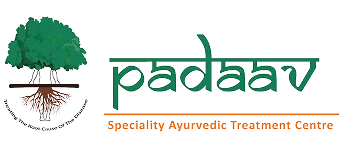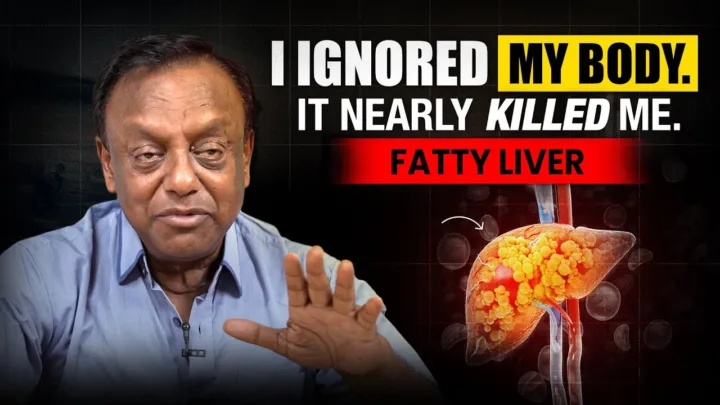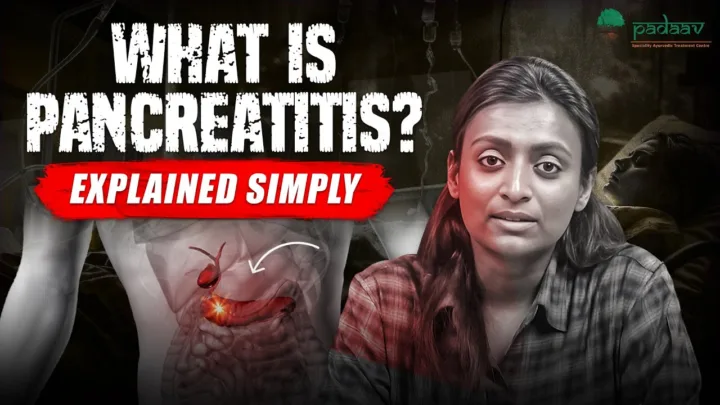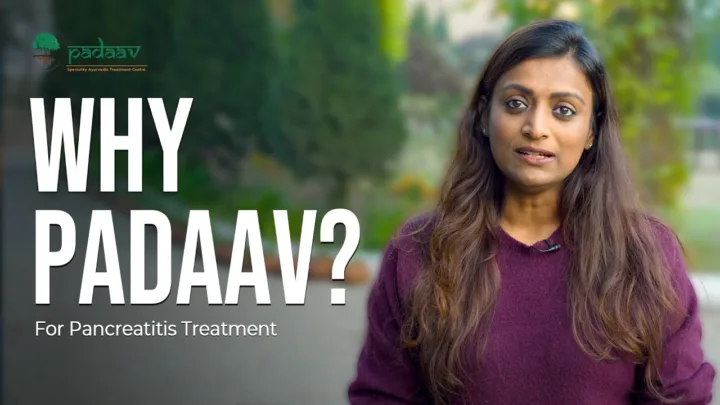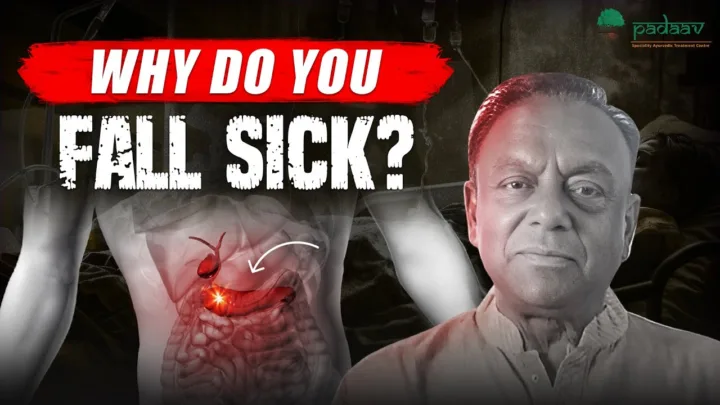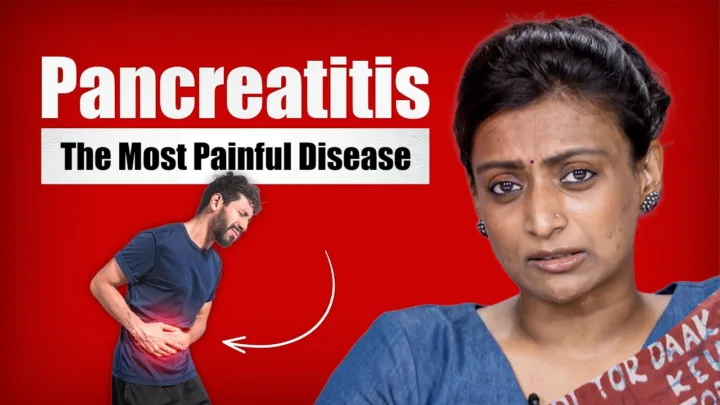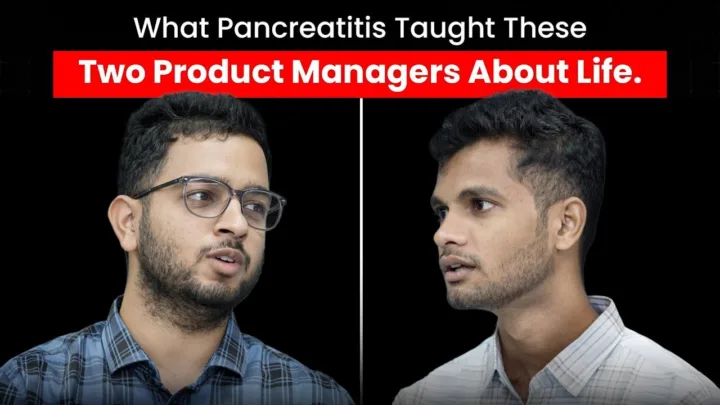Pancreatitis is on the rise globally, leading to confusion and fear among patients. In a special Q&A session, Shikha Prakash from Padaav addresses pressing questions sourced from online communities, clarifying symptoms, diet, and diagnosis.
1. Diet and Meal Frequency: Debunking the OMAD Myth
A common question online relates to diet structure: Is one large meal a day (OMAD) suitable for pancreatitis patients?
- The Answer: No. Shikha Prakash strongly recommends against OMAD or one-meal-a-day diets for pancreatitis. A single large meal puts immense stress on the pancreas.
- The Ideal Approach: The recommendation is to have frequent, small meals. Ideally, this includes three main meals (breakfast, lunch, dinner) and two smaller snacks in between. This prevents the pancreas from being overloaded at any one time.
2. The Complexities of Symptoms and Pain
Many chronic pancreatitis sufferers report a confusing mix of digestive symptoms that are hard to distinguish.
- Bloating and Bowel Issues: Patients frequently experience symptoms beyond just pain, including heavy bloating, belching, and extreme, fluctuating bowel habits (sometimes constipation, sometimes severe diarrhea). This fluctuation is often frustrating and relates to the chronic underlying inflammation caused by pancreatitis.
- The Triad of Conditions: It is very common for patients to have a “tri-combination” of digestive issues: Gastritis, Pancreatitis, and Duodenitis all coexisting. This makes identifying the source of pain—whether it’s gastric, pancreatic, or duodenal—crucial and difficult for the patient.
3. Diagnosing the Attack and Liver Enzyme Spikes
Patients often panic when they see abnormal numbers on lab reports, even without severe pain.
- When to Worry about Lipase: If a patient’s Lipase level is three times higher than the normal range (e.g., 182 when the normal ends at 60), it is highly suggestive of pancreatitis, even if the symptoms are mild.
- The Diagnostic Steps: When symptoms like pain, nausea, or vomiting occur, the immediate steps should be:
- Stop Eating: Go on a water fast or no food immediately to rest the pancreas.
- Labs: Check Amylase and Lipase levels, and a Complete Blood Count (CBC).
- Imaging: Get an ultrasonography as a first step to assess the organ.
4. Pancreatitis and the Heart Connection
A particularly alarming symptom for patients is chest and upper abdominal pressure, often leading to cardiologist visits.
- Referred Pain: In acute pancreatitis, the severe pain can often mimic that of a heart attack. The brain may struggle to differentiate the source of pain.
- Tachycardia (High Heart Rate): Tachycardia is common in pancreatitis due to several reasons, including poor hydration, low oxygen supply, lung injury, or simply the body’s response to severe pain and stress. This emphasizes the need for careful medical supervision.
5. Debunking Myths: Alcohol, Food, and Age
Patients frequently wonder what truly causes the disease, especially when they don’t fit the classic profile.
- Myth: Alcohol is the only cause.
- Reality: This is false. Pancreatitis is often idiopathic (cause unknown). The youngest patient treated at Padaav was 2.5 years old, and the youngest case heard of was 2 months old—proving alcohol is not the only factor.
- Other Causes: Poor lifestyle, poor sleep habits, high-calorie food intake, metabolic problems, genetics, and even certain medications (e.g., fat loss capsules) can be triggers.
- Myth: Eating too much causes Pancreatitis.
- Reality: While overeating or consuming high-fat food can trigger an attack, the underlying cause is often systemic weakness and inflammation. The young age of patients suggests lifestyle factors (like poor sleeping habits and diet) are major contributors.
- The Rising Concern in Children: Pancreatitis is becoming rampantly increasing among children and teenagers. This spike is highly concerning and points to rising rates of inflammatory diseases linked to modern diet, stress levels, and poor family health habits.
Conclusion: The Need for Community and Awareness
The session concluded with the crucial observation that the physical, mental, and financial toll of Pancreatitis is enormous. Patients often feel isolated, as few people truly understand the struggle.
Shikha Prakash emphasized the dire need for a patient community where sufferers can exchange experiences and find support. The objective of Padaav is not just to treat the physical symptoms but to educate and empower patients, removing the fear (“Bhaymati Iti Bheshaja”) associated with this devastating disease.
